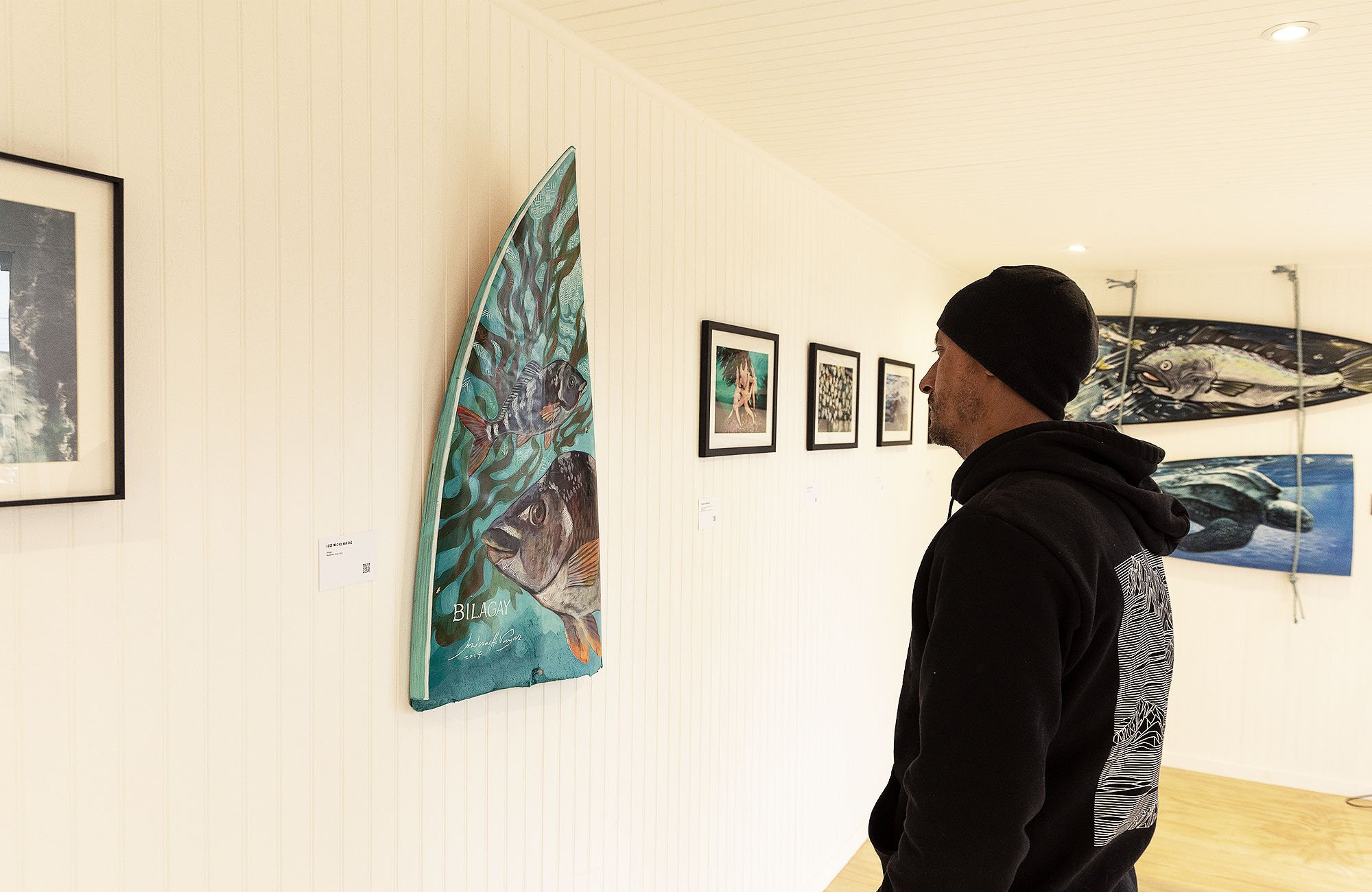Sending the scientists first: collaboration and caution on the high seas
A coalition of nations places a total ban on fishing in the central Arctic Ocean, allowing scientists 16 years to jointly research the changing ecosystem of the region
After two years of collaborative meetings between nine of the biggest fishing countries and the European Union, lawmakers banned fishing in the central Arctic Ocean for the next 16 years, with options to extend the moratorium even longer. This move, which protects over 1 million square miles of ocean, allows scientists to better understand the marine ecology of the region before fleets can fish.
As marine biologist Dr. Chris Yesson explains in The Independent, this is significant as the Arctic region is one of the last pristine habitats on earth, and is currently experiencing rapid shifts in ecology that leave the region fragile. In the past twenty years, for example, scientists have noted the rapid melting of polar ice; specifically, the summer sea ice was melted enough to leave 40 percent of the area as open water. In warmer and more open seas, plankton, the backbone of the Arctic food web, thrive, signifying an increase in the area's fish stock. Therefore, in the absence of impassable thick ice, this area, once unthinkable for fishing, has become more attractive to commercial fleets.
Part of the attractiveness — and the danger— of the new open water is that under international law, open water in the high seas is legal game for unregulated fishing, absent an agreement. In the mid 1980s and into the 1990s, the arctic region saw the potential consequences of such unregulated fishing. During this time, commercial fleets emptied the unregulated international waters of the Bering Sea of millions of tons of Pollock and created one of the worst fisheries crashes in history. To this day, almost four decades later, the Pollock population in this area has not rebounded. In 2012 a coalition of 2,000 scientists took this lesson to heart; after viewing the progression of melting summer sea ice in the Central Arctic Ocean, the scientific professionals pushed for a ban on all fishing until more research was conducted, to avoid another such exploitation of open waters.
In an impressive success story of collaboration between multiple stakeholders—different nations, fisherman, scientists, and environmentalists—lawmakers passed the ban, and included an interesting provision: the nations would create a joint program for scientific research in the region. While the visions for a future in the Arctic are different (some nations push for conservancy and total bans while others push for shifts towards more sustainable fishing methods) this coalition incentivizes joint scientific research, expediting the findings on important topics such as the identification and count of marine species, the prey-predator relationships in the region, the rates of growth and reproduction, and the threats each species face.
From this research, if appropriate, science-based fishing quotas could be created and monitored, or a full ban could be scientifically supported. While time will tell what complacency and enforcement the ban receives, sending in a fleet of scientist sentinels first marks a hopeful change in policy toward safeguarding the future of this changing, fragile, and pristine marine environment.
By Kristen Sabo | Images by Rick Misckiv














